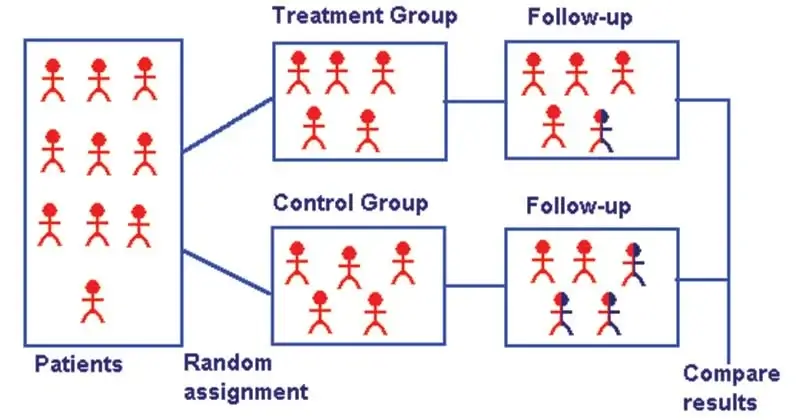The Affordable Care Act (ACA)
The Affordable Care Act (ACA)
(The Affordable Care Act (ACA)) Regardless of political affiliation, individuals often grow concerned when considering perceived competing interests of government and their impact on topics of interest to them. The realm of healthcare is no different. Some people feel that local, state, and federal policies and legislation can be either helped or hindered by interests other than the benefit to society.

Consider for example that the number one job of a legislator is to be reelected. Cost can be measured in votes as well as dollars. Thus, it is important to consider the legislator’s perspective on either promoting or not promoting a certain initiative in the political landscape.
To Prepare: Review the Resources and reflect on efforts to repeal/replace the Affordable Care Act (ACA). Consider who benefits the most when policy is developed and in the context of policy implementation.
By Day 3 of Week 3 Post an explanation for how you think the cost-benefit analysis in terms of legislators being reelected affected efforts to repeal/replace the ACA. Then, explain how analyses of the voters’ views may affect decisions by legislative leaders in recommending or positioning national policies (e.g., Congress’ decisions impacting Medicare or Medicaid). Remember, the number one job of a legislator is to be re-elected.
Please check your discussion grading rubric to ensure your responses meet the criteria.
Main Posting–45 (45%) – 50 (50%) Answers all parts of the discussion question(s) expectations with reflective critical analysis and synthesis of knowledge gained from the course readings for the module and current credible sources. Supported by at least three current, credible sources. Written clearly and concisely with no grammatical or spelling errors and fully adheres to current APA manual writing rules and style.
40 (40%) – 44 (44%) Responds to the discussion question(s) and is reflective with critical analysis and synthesis of knowledge gained from the course readings for the module. At least 75% of post has exceptional depth and breadth. Supported by at least three credible sources. Written clearly and concisely with one or no grammatical or spelling errors and fully adheres to current APA manual writing rules and style.
35 (35%) – 39 (39%) Responds to some of the discussion question(s). One or two criteria are not addressed or are superficially addressed. Is somewhat lacking reflection and critical analysis and synthesis. Somewhat represents knowledge gained from the course readings for the module. Post is cited with two credible sources. Written somewhat concisely; may contain more than two spelling or grammatical errors. Contains some APA formatting errors.
0 (0%) – 34 (34%) Does not respond to the discussion question(s) adequately. Lacks depth or superficially addresses criteria. Lacks reflection and critical analysis and synthesis. Does not represent knowledge gained from the course readings for the module. Contains only one or no credible sources. Not written clearly or concisely. Contains more than two spelling or grammatical errors. Does not adhere to current APA manual writing rules and style.
Feedback: Main Post: Timeliness–10 (10%) – 10 (10%) Posts main post by day 3. 0 (0%) – 0 (0%) 0 (0%) – 0 (0%) 0 (0%) – 0 (0%) Does not post by day 3.
Feedback: First Response–17 (17%) – 18 (18%) Response exhibits synthesis, critical thinking, and application to practice settings. Communication is professional and respectful to colleagues. Responses to faculty questions are fully answered, if posed. Provides clear, concise opinions and ideas that are supported by at least two scholarly sources. Demonstrates synthesis and understanding of learning objectives. Response is effectively written in standard, edited English.
15 (15%) – 16 (16%) Response exhibits critical thinking and application to practice settings. Communication is professional and respectful to colleagues. Responses to faculty questions are answered, if posed. Provides clear, concise opinions and ideas that are supported by two or more credible sources. Response is effectively written in standard, edited English.
13 (13%) – 14 (14%) Response is on topic and may have some depth. Responses posted in the discussion may lack effective professional communication. Responses to faculty questions are somewhat answered, if posed. Response may lack clear, concise opinions and ideas, and a few or no credible sources are cited.
0 (0%) – 12 (12%) Response may not be on topic and lacks depth. Responses posted in the discussion lack effective professional communication. Responses to faculty questions are missing. No credible sources are cited.
Feedback: Second Response–16 (16%) – 17 (17%) Response exhibits synthesis, critical thinking, and application to practice settings. Communication is professional and respectful to colleagues. Responses to faculty questions are fully answered, if posed. Provides clear, concise opinions and ideas that are supported by at least two scholarly sources. Demonstrates synthesis and understanding of learning objectives. Response is effectively written in standard, edited English.
14 (14%) – 15 (15%) Response exhibits critical thinking and application to practice settings. Communication is professional and respectful to colleagues. Responses to faculty questions are answered, if posed. Provides clear, concise opinions and ideas that are supported by two or more credible sources. Response is effectively written in standard, edited English.
12 (12%) – 13 (13%) Response is on topic and may have some depth. Responses posted in the discussion may lack effective professional communication. Responses to faculty questions are somewhat answered, if posed. Response may lack clear, concise opinions and ideas, and a few or no credible sources are cited.
0 (0%) – 11 (11%) Response may not be on topic and lacks depth. Responses posted in the discussion lack effective professional communication. Responses to faculty questions are missing. No credible sources are cited.
Feedback: Participation–5 (5%) – 5 (5%) Meets requirements for participation by posting on three different days. 0 (0%) – 0 (0%) 0 (0%) – 0 (0%) 0 (0%) – 0 (0%) Does not meet requirements for participation by posting on 3 different days.
Feedback: Total Points: 100
References
Lichtenstein, R. L., & Whelan, E. (2019). The impact of public policy on health care access and outcomes. American Journal of Public Health, 109(7), 935-940.
https://ajph.aphapublications.org/doi/full/10.2105/AJPH.2019.305016
Karpman, M., & Zuckerman, S. (2019). The effects of the Affordable Care Act on health care access and coverage. Health Affairs, 38(1), 104-110.
https://www.healthaffairs.org/doi/10.1377/hlthaff.2018.04893










 The body is constantly sending signals about its health. One of the most easily recognized signals is pain. Musculoskeletal conditions comprise one of the leading causes of severe long-term pain in patients. The musculoskeletal system is an elaborate system of interconnected levers that provides the body with support and mobility. Because of the interconnectedness of the musculoskeletal system, identifying the causes of pain can be challenging. Accurately interpreting the cause of musculoskeletal pain requires an assessment process informed by patient history and physical exams.
The body is constantly sending signals about its health. One of the most easily recognized signals is pain. Musculoskeletal conditions comprise one of the leading causes of severe long-term pain in patients. The musculoskeletal system is an elaborate system of interconnected levers that provides the body with support and mobility. Because of the interconnectedness of the musculoskeletal system, identifying the causes of pain can be challenging. Accurately interpreting the cause of musculoskeletal pain requires an assessment process informed by patient history and physical exams.